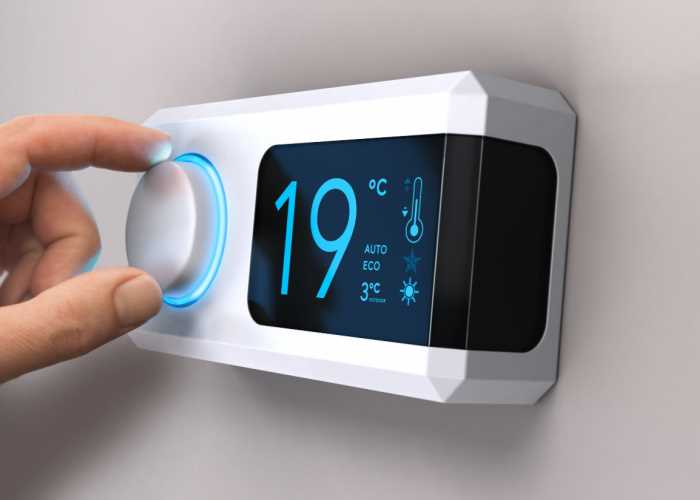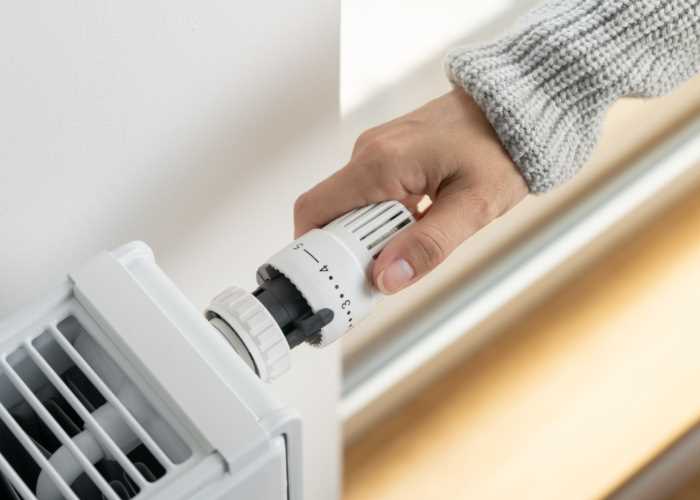If you rely on a heat pump to keep your home warm, understanding how it operates during the winter season is key. Below we address a series of common questions homeowners have about using these systems effectively.
Air source heat pumps use a refrigeration cycle to transfer heat from the outdoor air to the inside of your home. Here's a more detailed breakdown of how they work:
Regular maintenance is essential for keeping your heat pump operating efficiently during the winter. Ensure that the outdoor unit is free from snow and ice accumulation, clean or replace filters as needed and schedule annual professional inspections to check for any issues.

The ideal temperature to set your heat pump during the winter can vary depending on your comfort preferences and the specific heat pump system you have.
Many people find a temperature of around 20°C to be comfortable, with anything from 18°C to 22°C common.
Experiment with different temperature settings to find the balance between comfort and energy efficiency that works best for your household. Keep in mind too that ASHPs work at a lower flow rate than gas boilers, and it may take longer to achieve the desired comfort level.
With that in mind it’s a good idea to leave the system for 24 hours or so before making additional adjustments.
You can also consult with a qualified heat pump installer or heating engineer who can assess your system's design and recommend the best temperature settings for your situation.
Air source heat pumps work differently than traditional heating systems. They operate most efficiently at lower flow temperatures, typically around 35-45°C, compared to gas boilers which have a flow temperature of 60-80°C.
This means your radiators will indeed feel cooler to the touch but will still be hot enough to heat your home.
Before you have an ASHP installed, check if your radiators and pipework are designed for lower flow temperatures. If not, you may need to replace or upgrade them to ensure they can provide adequate heat output.
You don't necessarily need to turn your heat pump off at night. In fact, it's often more efficient (and more comfortable) to maintain a consistent temperature, especially as these systems take a longer time to reach the desired temperature when turned back on.
However, you can save energy with the following tips:
Setback temperature: use a setback feature on your thermostat to lower the temperature at night or when you're not at home. Lowering the temperature slightly during these periods can reduce energy consumption while maintaining a comfortable environment.
Energy-efficient programming: invest in a programmable thermostat to automatically adjust the temperature based on your schedule. This ensures that your home is warm when needed and conserves energy when it's not.
When you're away from home for an extended period:

There are a couple of ways you can control temperatures in individual rooms with an air source heat pump:
Thermostatic radiator valves (TRVs): install TRVs on each radiator. These valves regulate the temperature in each room, automatically adjusting the heat flow based on the desired temperature setting.
Regularly check and maintain your TRVs to ensure they are functioning correctly, and clean or replace them if they become stuck or non-responsive to temperature changes.
Smart thermostats: Consider using smart thermostats that allow you to remotely control the temperature in individual rooms using a smartphone app. Some models even offer occupancy sensors and learning capabilities to further optimise heating.
Most air source heat pumps are designed with an automatic defrost cycle which kicks in when the outdoor unit detects ice buildup.
It temporarily reverses the refrigeration cycle to melt the ice, allowing the heat pump to continue operating efficiently. If you see ice on the unit from time to time don’t worry, it's’ perfectly normal.
However, if you notice that the heat pump is constantly covered in ice, or if it's struggling to defrost and the unit remains iced over for extended periods, that could indicate a problem with the defrost cycle or the heat pump itself.
In such cases, it's important to have a professional technician inspect and service your system to ensure it's functioning correctly.
At Loughborough Air Conditioning we’re experts in all aspects of temperature control - including the installation, service and maintenance of air source heat pumps.
If you have a project you’d like to discuss, a problem you’d like us to fix, or simply a question we haven’t addressed here, please let us know - we’re more than happy to help.
